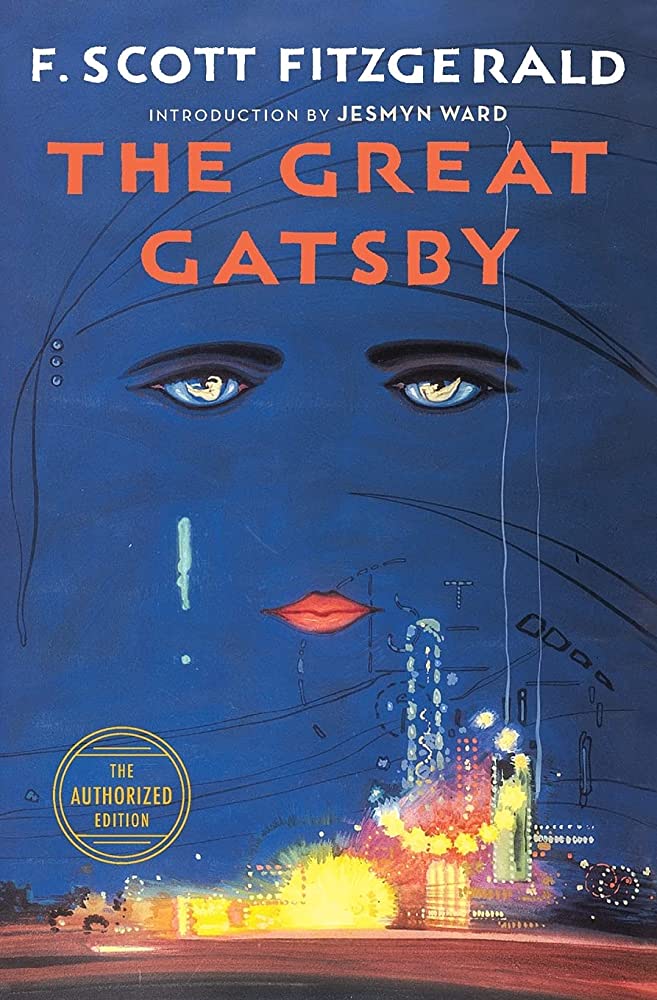
The green light stood across the bay, flickering at hope and diminishing at defeat. The American Dream was never easy in the late 1920s for the minority and F. Scott Fitzgerald portrayed the message well. The Great Gatsby: a novel regarding class systems, ambition, traditional values, and most importantly full of juicy drama.
The story revolves around the narrator, Nick Carraway who has connections to old money and new money characters. As Carraway goes through the days finding a flow for life, he meets Gatsby. Gatsby is unlike anyone he had ever met before, he is discreet and private about his business and affairs.
Yet as he begins to close the distance between them, a secret is revealed. Gatsby was Carraway’s cousin’s past lover. In a course of events, Carraway actively tries to reconvene the relationship of the two. However, the distance of status, social pressure, and corruption hinders what could have led to the possibility of accomplishing the American Dream.
Carraway’s cousin, Daisy, was already married with a child to none other than Tom Buchanan, an influential and wealthy husband. With his status he was unfaithful and had affairs with other women. Being in this relationship Daisy was unhappy, exasperated, and suffering. But Gatsby brought light to her darkening world. Having nothing from the start and leaving her alone to join the war, this time he returned with riches to spoil her.
Everything seemed secretive and alright on the surface area, but that all came crashing down when affairs became noticed, when deaths occurred, when murder was carried out, and when the American Dream failed.
Fitzgerald does an incredible execution of the American Dream in achieving status post World War One. Not only does he illustrate the struggles of accomplishing this task through status and class, but he emphasizes the separation in society by wealth: a separation that will forever be perpetuated. By revealing how Gatsby continuously fights for Daisy’s love and his failure of obtaining it, Fitzgerald demonstrates the increasing gap between old and new money individuals.
What differentiates this novel from others, is its great use of symbolism. Throughout the novel, different colors represent the key elements that contribute to the overlaying plot. By depicting the color yellow as corruption, it is conveyed that Gatsby’s intention of achieving a privileged status is through unethical means. Gatsby did not magically become a wealthy individual overnight, he sold alcohol illegally during the era of prohibition.
I enjoyed how topics circulating around ethics, trust, and social differences were reflected in the novel. It really allows the reader to ponder regarding each scene and notice how the events happened not only in fiction, but were a part of old America. It requires the reader to notice how the situations that played out were tied to the failure of achieving the American Dream. And it allows the reader to see that the American Dream was only a dream, not achievable.
I wished the ending was rewritten to illustrate three different results of failures in obtaining the American Dream from characters who were not high in status. I felt as though making each character’s personal defeat in obtaining the dream different would have ended in a more impactful statement.
Regardless, I highly recommend this novel to any readers who likes a little drama and is fascinated by analyzing events and characters as well as their correlation to one another. Because as one was reaching towards the green light sure that they would touch it one day, they were forgetting the importance of all that surrounded it.
Check out the Great Gatsby from NBPL!
